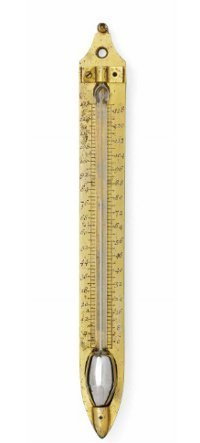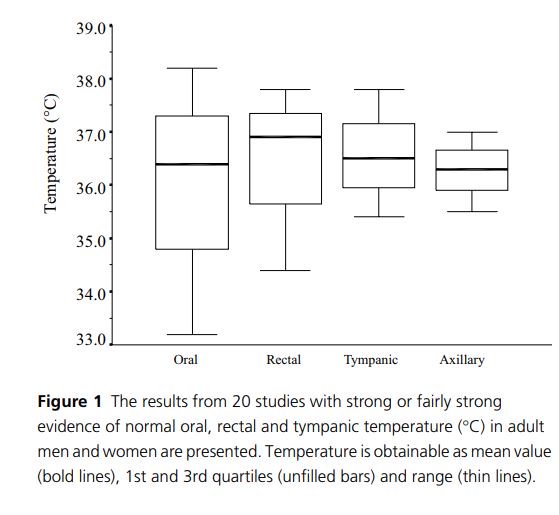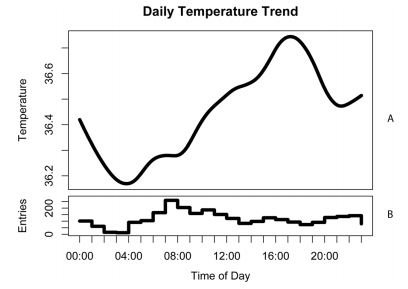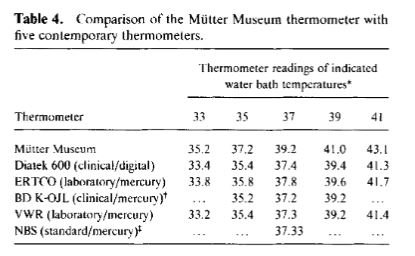Full disclosure: will use C AND F for temp, but no K or R.






☑️A fever is lower than you think
☑️Temperature varies diurnally throughout the day
☑️ Most important is probably variation from baseline








Get real-time email alerts when new unrolls are available from this author!
Twitter may remove this content at anytime, convert it as a PDF, save and print for later use!

1) Follow Thread Reader App on Twitter so you can easily mention us!
2) Go to a Twitter thread (series of Tweets by the same owner) and mention us with a keyword "unroll"
@threadreaderapp unroll
You can practice here first or read more on our help page!



